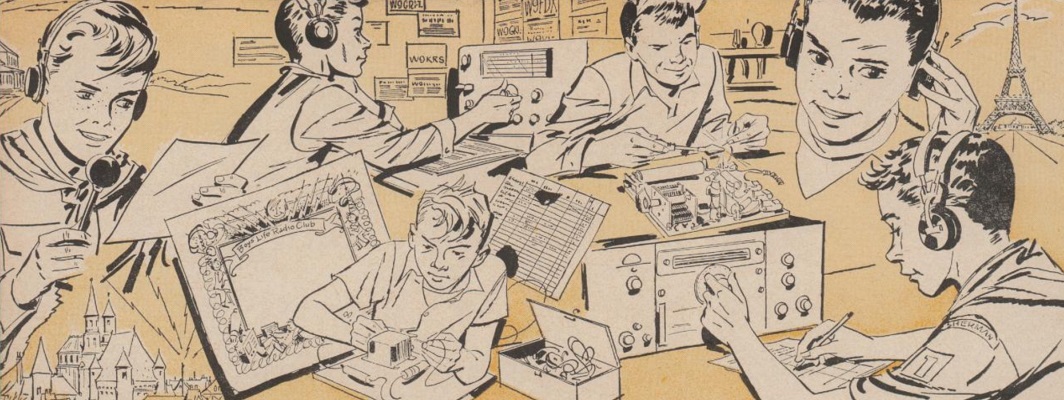 Making a CW contact is very similar to making a phone contact except of course you are using Morse Code. The process of CQing and exchanging information is about the same although CW operators use more abbreviations to make sending faster.
Making a CW contact is very similar to making a phone contact except of course you are using Morse Code. The process of CQing and exchanging information is about the same although CW operators use more abbreviations to make sending faster.
1. Call CQ as follows: “CQ CQ CQ de VE3BUC VE3BUC VE3BUC K” and wait for a response.
Note the abbreviations used. “de” means “this is” and “K” means “go.” You do not need to use phonetics in CW.
2. The other station may respond as “VE3BUC de PY1ANF PY1ANF K”
3. Now it’s your turn. “PY1ANF de VE3BUC GM UR RPT IS 599 599 NM IS DON DON ES QTH IS TORONTO PY1ANF DE VE3BUC KN”
To avoid confusion I have left out the punctuation in the above line. Normally punctuation is not used for casual contacts to reduce the amount of sending needed. It usually is quite obvious to both operators where the punctuation should go.
Notice the use of abbreviations. de, GM, UR, RPT, NM, ES, QTH, KN are all commonly used. The table shows the meaning of common abbreviations used in CW.
| Abbreviation | Use |
| de | this is |
| ES | and |
| GM | good morning |
| K | go |
| KN | go only |
| NM | name |
| QTH | location |
| RPT | report |
| R | roger |
| SK | clear |
| tnx | thanks |
| UR | your, you are |
| 73 | best regards |
4. The exchange of information continues as for phone except that CW operators will use the abbreviated form of words on a regular basis during their exchange.
5. At the end of the contact you might finish as follows: “… tnx Luis fer the QSO 73 es gud DX. PY1ANF de VE3BUC SK”
Again several abbreviations were used but these are obvious I hope. “fer” instead of “for” is simply less keying and “gud” for “good” also saves the wrist.
